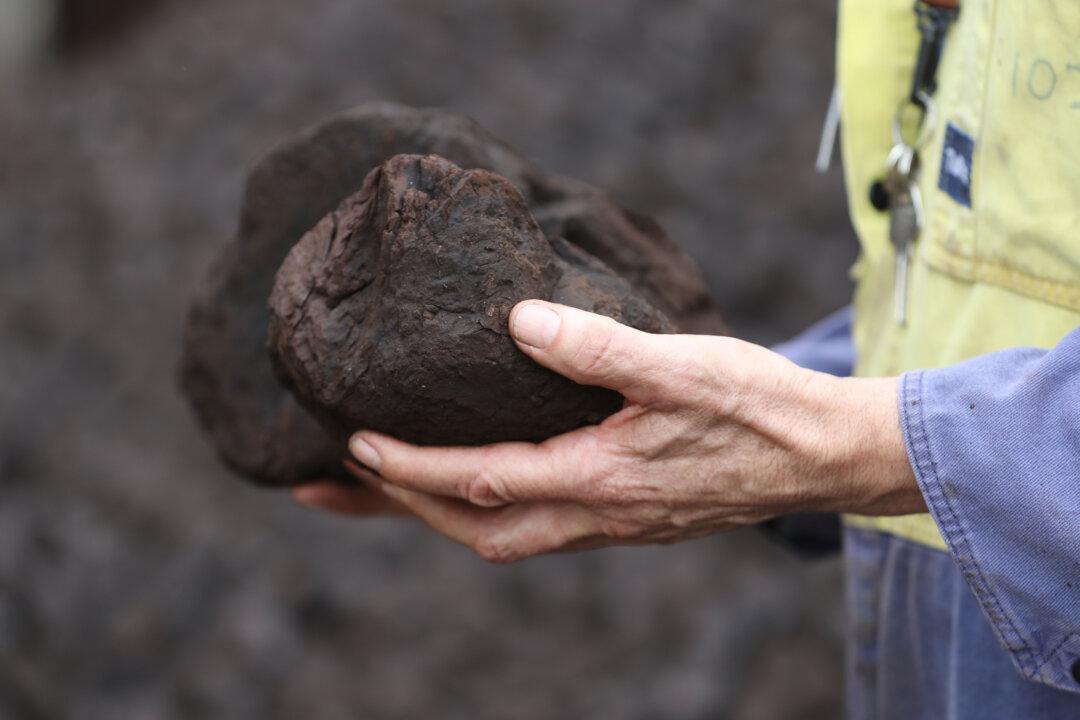The Victorian Labor Government is giving grants to transform quarries into parks and community places across the state.
“Quarries are essential in securing affordable materials for Victorians, the process of transforming these spaces for community uses will also create jobs in the future,” the Victorian Minister for Resources Jaala Pulford said.





